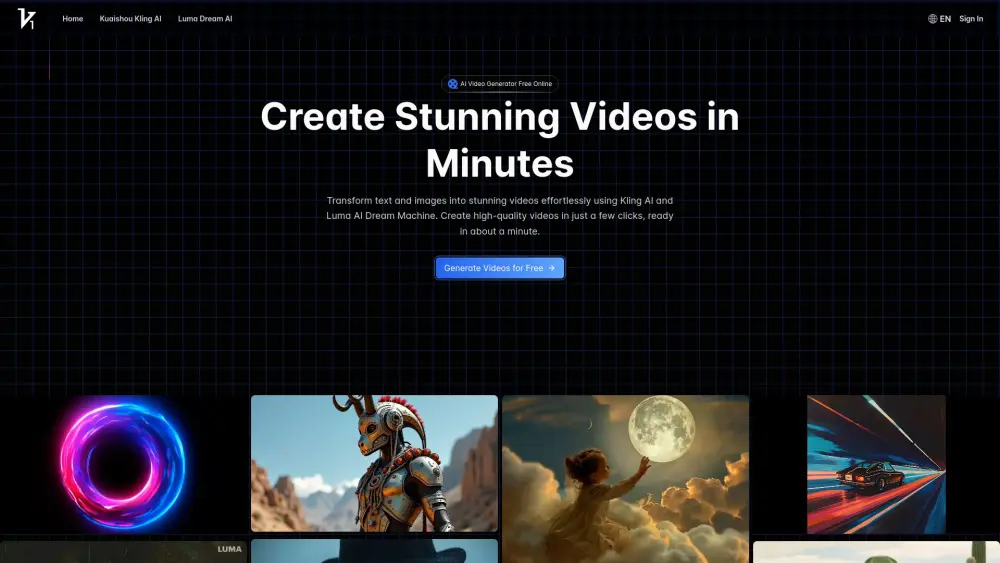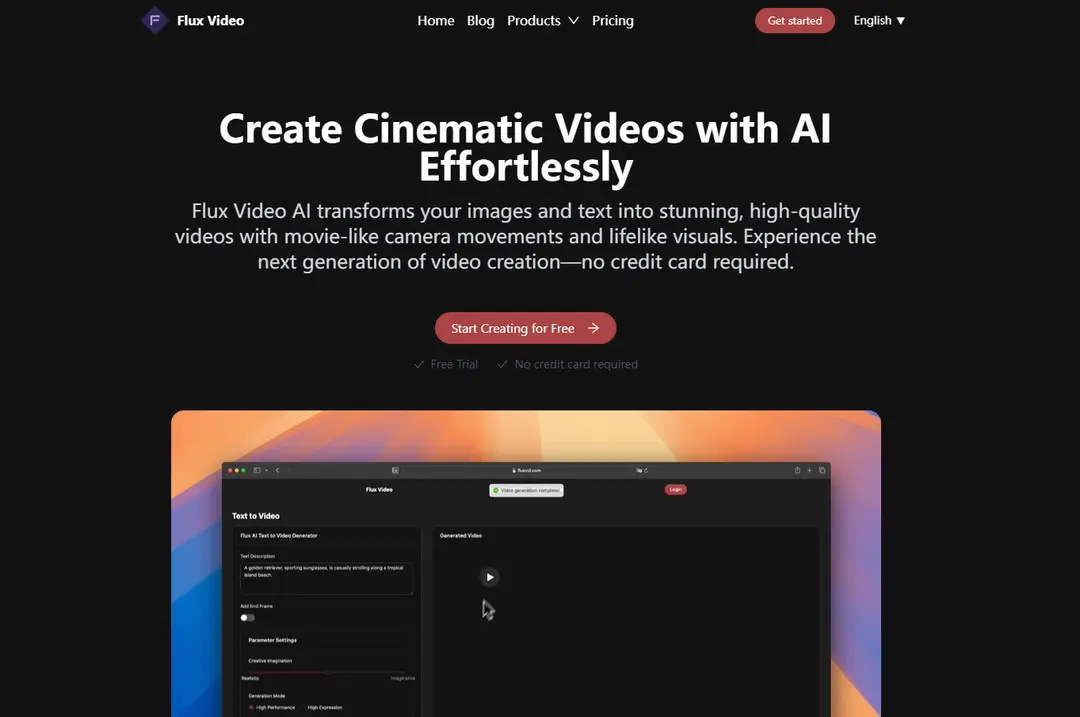Animate Anyone - Consistent and Controllable Image-to-Video Synthesis for Character Animation
Product Information
Key Features of Animate Anyone - Consistent and Controllable Image-to-Video Synthesis for Character Animation
Consistent and controllable image-to-video synthesis, ReferenceNet for detail feature merging, pose guider for movement direction, and temporal modeling for smooth inter-frame transitions.
ReferenceNet
Merges detail features via spatial attention to preserve consistency of intricate appearance features from reference image.
Pose Guider
Directs character's movements and ensures controllability and continuity in the generated video.
Temporal Modeling
Ensures smooth inter-frame transitions between video frames, resulting in a more realistic animation.
Diffusion Models
Leverages the power of diffusion models to generate consistent and controllable image-to-video synthesis.
DeepGPU Acceleration
Accelerates inference time by up to 40% using DeepGPU (AIACC) of Alibaba Cloud.
Use Cases of Animate Anyone - Consistent and Controllable Image-to-Video Synthesis for Character Animation
Fashion video synthesis: turning fashion photographs into realistic, animated videos using a driving pose sequence.
Human dance generation: animating images in real-world dance scenarios.
Virtual try-on: ultra-high quality virtual try-on for any clothing and any person.
Image-to-talking-head video generation: generating talking-head videos from images.
Pros and Cons of Animate Anyone - Consistent and Controllable Image-to-Video Synthesis for Character Animation
Pros
- Consistent and controllable image-to-video synthesis.
- Preserves intricate appearance features from reference image.
- Ensures smooth inter-frame transitions between video frames.
- Accelerated by DeepGPU (AIACC) of Alibaba Cloud.
Cons
- May require significant computational resources.
- Limited to certain types of input images.
- May not work well with complex backgrounds or scenes.
How to Use Animate Anyone - Consistent and Controllable Image-to-Video Synthesis for Character Animation
- 1
Input a reference image and a driving pose sequence.
- 2
Use the pose guider to direct the character's movements.
- 3
Use the temporal modeling to ensure smooth inter-frame transitions.
- 4
Use the diffusion models to generate the final video.







